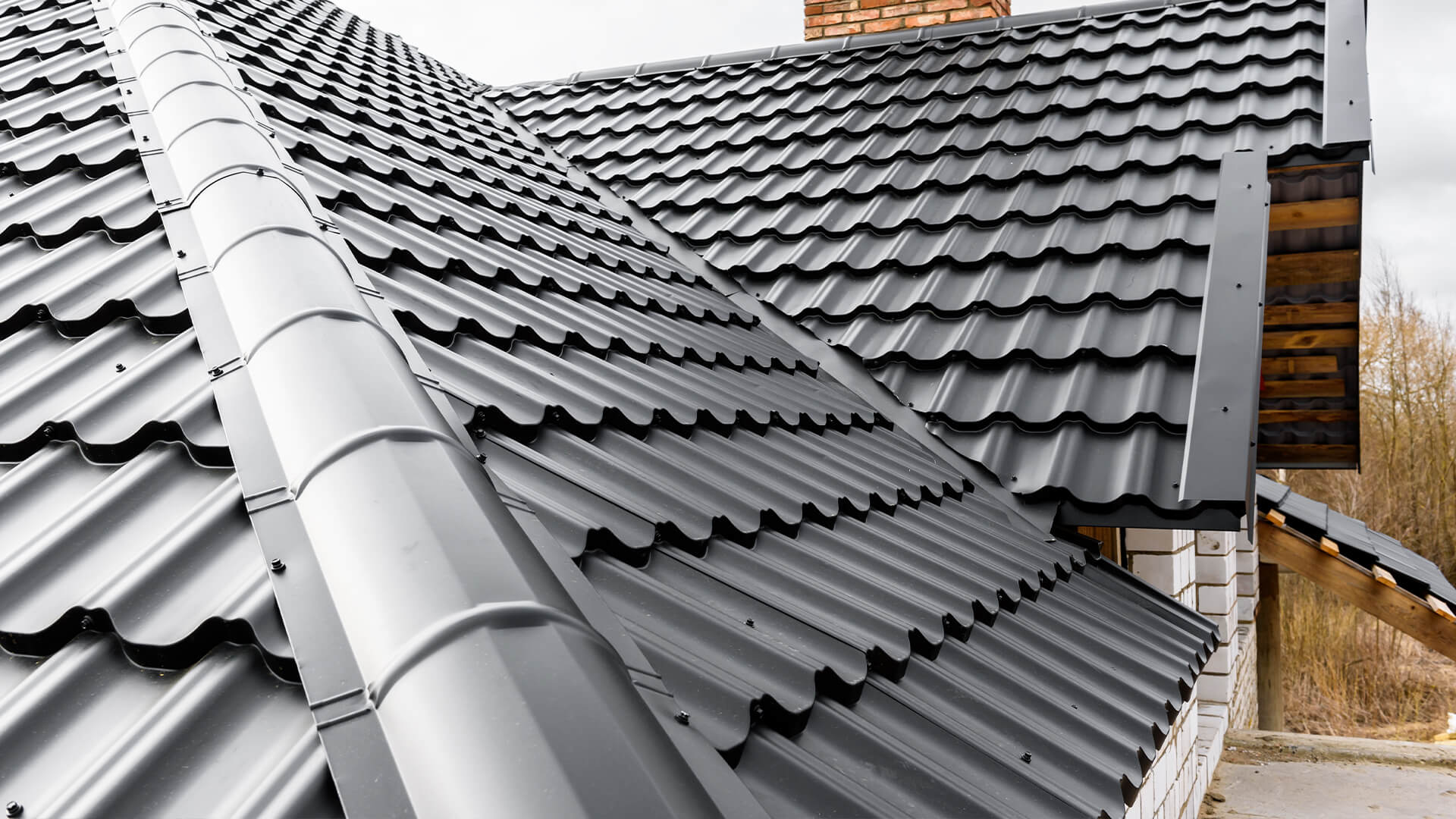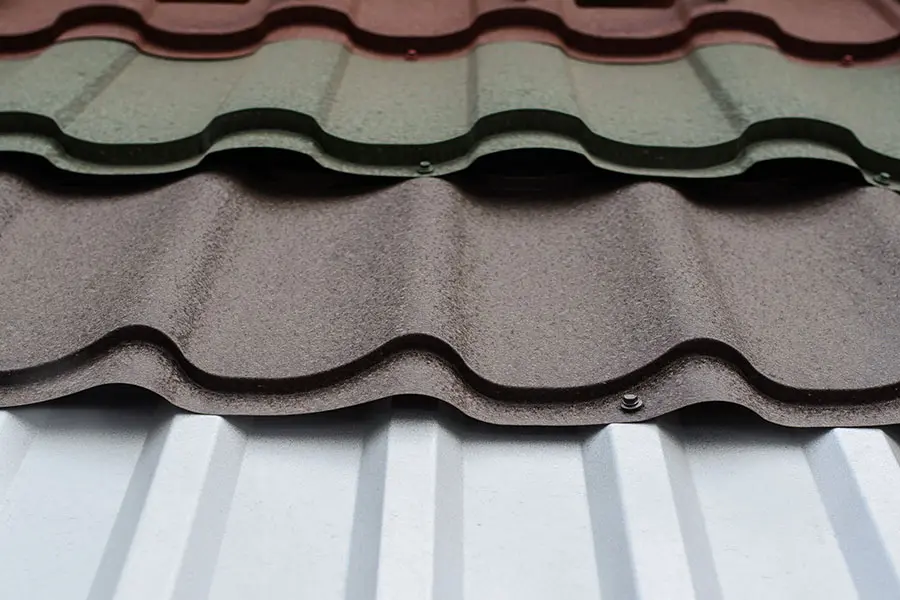Reviewing the Solutions Provided by Roofing Companies in Gainesville Florida
Reviewing the Solutions Provided by Roofing Companies in Gainesville Florida
Blog Article
Ideal Practices for Ensuring Proper Roofing Air Flow
A well balanced consumption and exhaust air vent ratio, typically 1:300, plays a pivotal function, with consumption vents ideally put at the lower edge of the roof covering for trendy air access and exhaust vents at the height for cozy air leave. Keeping insulation away from vents is essential to stop air movement constraint.
Understand Ventilation Essentials
Correctly comprehending ventilation fundamentals is essential for making certain the durability and efficiency of roof systems. Effective ventilation reduces dampness build-up and temperature extremes in the attic room, both of which can result in considerable architectural damage over time. A well-ventilated roofing helps in avoiding common concerns such as mold growth, wood rot, and ice dams, which can compromise the honesty of the roof products and the underlying structures.
The key goal of ventilation is to assist in the activity of air, enabling a regular exchange in between the exterior and interior environments. This equilibrium is achieved with a mix of consumption and exhaust vents that work with each other to maintain optimum airflow. Intake vents, generally situated along the soffits or eaves, allow fresh air to enter the attic room space, while exhaust vents, frequently positioned at or near the roofing ridge, enable warm, humid air to get away.
Secret aspects affecting the performance of roofing ventilation consist of proper positioning, adequate sizing, and making certain that both intake and exhaust vents are unhampered. Routine assessment and upkeep are crucial to identify possible blockages, damage, or ineffectiveness in the air flow system, therefore guarding the roof's efficiency and durability.
Kinds Of Roofing System Vents
Roofing vents play an essential function in keeping efficient attic room air flow and, by expansion, the total health and wellness of the roof system. Different types of roof covering vents are readily available, each with special advantages tailored to particular roof demands.

Soffit vents are installed under the eaves and job in tandem with roof covering vents to make certain a balanced consumption and exhaust system. By permitting cooler air to go into from below, soffit vents promote the expulsion of hot air via top vents. Gable vents, located on the exterior walls of the attic, deal another efficient service, especially in homes with gable roof coverings.
Assess Your Existing Ventilation

Next, consider the age and condition of your roofing products and air flow elements. Older systems may not abide by current building codes or may have degraded gradually, minimizing their effectiveness. Conduct a complete exam to recognize any indicators of wear and tear, such as rust, damages, or spaces that could jeopardize the system's efficiency.
Additionally, gauge the attic room temperature and humidity levels. High temperature levels and moisture can suggest inadequate ventilation - roofing companies in gainesville florida. Utilize a hygrometer and thermostat to get accurate analyses, contrasting them with exterior problems. Persistent inconsistencies suggest prospective problems that require addressing.
Installation Best Practices
Effective installment of roof ventilation systems is paramount for Visit Your URL making sure optimal performance and long life. Appropriate installment begins with recognizing the specific air flow needs of the roof and the building it covers. This entails calculating the appropriate proportion of consumption to tire vents, usually sticking to the 1:300 guideline, which states one square foot of ventilation for every single 300 square feet of attic floor area.

Consumption vents ought to be mounted at the roofing system's lower edge, typically in the soffits, to enable amazing air to go into. Exhaust vents, on the various other hand, should be mounted near or at the roofing system's height to assist in the exit of cozy, wet air.
Seal all vent links thoroughly to stop air leakages and prospective water infiltration. Use premium products and follow maker guidelines to guarantee durability and effectiveness. Additionally, integrating ridge vents with baffles can significantly improve airflow performance by avoiding wind-driven rain and snow from entering the attic.
Eventually, accurate installment of roof air flow systems minimizes potential problems such as mold and mildew growth, ice dams, and architectural damage, making certain the roofing system's stability and the structure's total health.
Normal Upkeep Tips
Uniformity in upkeep methods is basic to making sure the long-term efficiency of roofing air flow systems. Regular assessments are essential, preferably carried out biannually-- in the springtime and loss. During these assessments, ensure that vents are devoid of debris, nests, and various other obstructions that can hinder air flow. Check for any type of indications of moisture build-up or mold and mildew, as these can show incorrect air flow or leakages (gainesville fl roofing companies).
Cleansing the vents is one more vital job. Make use of a soft brush or a roofing companies in gainesville florida vacuum cleaner to eliminate dirt and debris from consumption and exhaust vents. Be mindful not to harm the air vent screens or louvers throughout the process. In addition, check the attic room area for any type of indicators of water damages, which can endanger the stability of the roof.
Correct insulation is just as crucial. Ensure that attic room insulation does not obstruct the vents, as this can significantly restrict air flow. If any kind of insulation has actually moved or settled, rearrange or change it to preserve an effective obstacle.
Finally, change any type of harmed or missing out on parts quickly. Busted vents, split roof shingles, or shabby blinking can all add to insufficient air flow and should be addressed immediately. Normal maintenance ensures that the roof covering ventilation system operates optimally, consequently expanding the lifespan of the roofing itself.
Conclusion
Ensuring proper roofing ventilation is paramount for keeping the effectiveness and durability of a roof covering system. Adherence to the 1:300 consumption and exhaust vent ratio, coupled with the calculated placement of vents, is necessary.
A well balanced consumption and exhaust vent proportion, commonly 1:300, plays a pivotal duty, with consumption vents preferably positioned at the lower edge of the roofing system for amazing air access and exhaust vents at the top for warm air leave. Consumption vents, commonly situated along the eaves or soffits, enable fresh air to get in the attic room area, while exhaust vents, often positioned at or near the roofing system her comment is here ridge, enable hot, damp air to leave.
Soffit vents are set up under the eaves and job in tandem with roof covering vents to guarantee a well balanced consumption and exhaust system. By enabling cooler air to enter from below, soffit vents help with the expulsion of warm air via top vents. Adherence to the 1:300 consumption and exhaust vent ratio, paired with the tactical positioning of vents, is vital.
Report this page